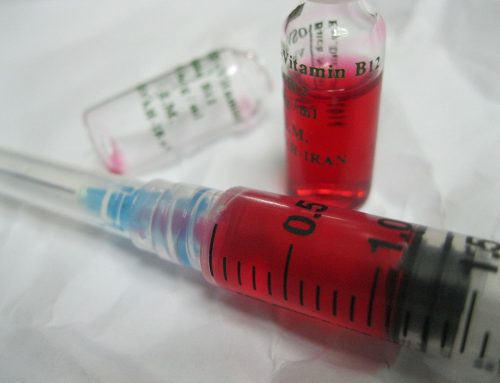What is vitamin D?
Actually, vitamin D is not even a vitamin, it is really more of a hormone, or more specifically, a pro-hormone. It is the primary building block of calcitriol, a powerful steroid hormone in the body. While it is already known to do so many actions in the body, research is always uncovering more functions it is responsible for all the time. While it is well known that severe vitamin D deficiency leads to rickets, osteoporosis and osteomalacia, it is now becoming known that mild deficiencies may cause problems such as muscle weakness, fibromyalgia, impaired balance and depression.
Vitamin D deficiency affects almost 50 % of the population worldwide. Vitamin D deficiency is primarily attributed to lifestyle, global location, and environmental changes over the years, for example most jobs now consist with reduced activities outdoors, or even the amount of pollution in the air blocking those valuable rays of sunshine. The main source of vitamin D for humans is the exposure to sunlight, specifically ultraviolet B (UVB) light which stimulates the making of vitamin D from the precursor molecule in the skin. Food is also another source of vitamin D, but the form that it comes in is not as easily used by our bodies. Because most diets do not provide enough vitamin D, this puts people who do not receive enough sun exposure at a risk of developing a deficiency.
Although the body has the ability to make vitamin D, there are many reasons deficiency occurs. Darker skin pigments and sunscreen use can significantly decrease the body’s ability to absorb the ultraviolet radiation B (UVB) rays required to produce vitamin D. A sunscreen with sun protection factor (SPF) 30 can reduce the body’s ability to synthesize vitamin D by 95%. The skin also must be directly exposed to the sunlight, not covered by clothing in order to start vitamin D production. Even the angle at which sunrays hit the earth can affect absorption. People who live in northern latitudes above the 37th parallel or areas of high pollution, work at night and stay home during the day or are homebound should aim to consume extra vitamin D from food sources whenever possible. Infants who are exclusively breastfed are also at high risk of vitamin D deficiency, especially if they are dark-skinned or have minimal sun exposure. The American Academy of Pediatrics recommends that all breastfed infants receive 400 IU/day of an oral vitamin D supplement.
Vitamin D’s role in your health:
- Maintains bone and teeth health
- Supports the response of the immune system
- Supports the brain and nervous system
- Regulates insulin levels, which aids in diabetes management
- Supports lung and heart health
- Plays a role in gene expression in genes involved in cancer development.
How to Identify Your Current Level of Vitamin D:
 The most accurate way to measure how much vitamin D is in your body is the 25-hydroxy vitamin D blood test. A level of 20 nanograms/milliliter to 50 ng/mL is considered adequate for healthy people. A level less than 12 ng/mL indicates vitamin D deficiency. Ask your primary care physician to assist you with this test.
The most accurate way to measure how much vitamin D is in your body is the 25-hydroxy vitamin D blood test. A level of 20 nanograms/milliliter to 50 ng/mL is considered adequate for healthy people. A level less than 12 ng/mL indicates vitamin D deficiency. Ask your primary care physician to assist you with this test.
Getting outdoors in Gresham, Oregon area.
Here are some great local trails that are for every skill level of hiking. We encourage you to try them all, and you get to choose how little or how much you do as you are not required to do the entire thing.
- Cazadero Trail is a 5.8 mile lightly trafficked out and back trail located near Boring, Oregon that features a river and is good for all skill levels.
- Springwater Corridor Trail is a 16.9 mile moderately trafficked point-to-point trail located near Boring, Oregon that features a waterfall and is good for all skill levels.
- Gresham Butte Saddle Drive is a 1.2 mile out and back trail located near Gresham, Oregon. The trail is rated as moderate and primarily used for hiking and walking.
- Orchard and Cedar Grove Loop Trail is a 3.3 mile moderately trafficked loop trail located near Portland, Oregon that features beautiful wild flowers and is good for all skill levels. The trail offers a number of activity options and is accessible year-round.
References:
Nair R, Maseeh A. Vitamin D: The “sunshine” vitamin. J Pharmacol Pharmacother. 2012;3(2):118-26.
Gaby, Alan R. A New Epidemic of Vitamin D Deficiency. Townshend Letter. July 2004.
Lips P, Hosking D, Lippuner K, Norquist JM, Wehren L, Maalouf G, et al. The prevalence of vitamin D inadequacy amongst women with osteoporosis: An international epidemiological investigation. J Intern Med. 2006;260:245–54.





Leave A Comment
You must be logged in to post a comment.